Wet/dry vacs have become an indispensable tool in homes and industries alike, providing a flexible solution for both liquid and dry debris debris. Unlike traditional vacuums that are designed solely for dry materials, wet dry vacuum s, also known as wet n dry vacuums, can manage a variety of cleanup issues with efficiency. Whether it’s liquid spills, particles, or even industrial construction debris, these powerful cleaners are built to tackle the toughest cleaning jobs.
Comprehending how these suction and cleaner systems work can enable you utilize their capabilities. Wet dry vacuums utilize a unique design featuring a durable motor and a custom filter system that enables them to successfully manage both fluid and solid materials. This advanced technology not only boosts their effectiveness but also ensures they are versatile for a variety of applications, making them an invaluable addition to any cleaning arsenal.
Grasping Wet/Dry Vacuums
Wet dry vacuums are multi-functional cleaning tools engineered to deal with a combination of liquid spills and dry debris. Unlike traditional vacuums that focus solely on dry materials, these cleaners can manage various types of messes, rendering them ideal for both domestic and workshop environments. Their flexibility to switch between wet and dry cleanup tasks means they can be used for everything from removing water after a flood to clearing out sawdust and dirt from a garage.
The structure of a wet dry vacuum consists of a powerful motor and a large capacity tank that allows for the collection of substantial quantities of liquid and solid waste. These vacuums typically include specialized filters that are capable of managing the different types of materials. In dealing with liquids, users might have to switch out filters or opt for specific ones designed to prevent moisture damage to the motor. This adaptability makes wet dry vacuums an essential tool for home improvement lovers, contractors, and homeowners alike.
When picking a wet dry vacuum, it is crucial to consider factors such as suction power, tank size, and available attachments. Some models are portable, while others are meant to be stationary, catering to different user needs. Additionally, attributes like built-in blowers or specialized hose attachments might boost functionality, providing more ways to address clean-up chores efficiently. Overall, the design and features of a wet dry vacuum establishes it as a beneficial addition to any cleaning arsenal.
Main Features and Advantages
Wet/dry vacuums are designed with flexibility in mind, enabling users to address a variety of cleanup tasks with simplicity. One important aspect is their ability to process both liquid waste and dry debris, making them suitable for environments like workshops. Users can quickly switch between sucking up spilled liquids and picking up debris, effectively saving time and enhancing efficiency during cleaning tasks.
The robust suction capability of wet dry vacuums is another significant advantage. These machines are equipped with high-performance motors that provide exceptional suction power, allowing them to easily lift heavy debris, dirt, and liquids. This power is particularly useful in construction settings, where standard vacuums may fall short. Additionally, the high-capacity tanks found in many models reduce the frequency of emptying, allowing for continuous cleaning sessions.
Longevity and convenience are essential characteristics of wet dry vacuums. Most models are constructed from durable materials that can withstand rigorous use, making them reliable investments. They often come with various attachments that enhance their versatility, such as attachments for different surfaces and long reach tools for reaching high or difficult areas. These features cater to the demands of both householders and commercial users, ensuring that wet dry vacuums are adaptable to various cleaning requirements.
Common Applications and Uses
Wet/dry vacuums are remarkably versatile tools that have application in various settings, from residential to industrial environments. One of the most common applications is in home garages and workshops, where they assist manage both wet spills and dry debris. Whether it’s cleaning up spilled water, sawdust from woodworking projects, or dirt brought in from outdoors, a wet dry vacuum can manage a range of messes efficiently.
In construction and renovation projects, wet dry vacuums are essential for keeping a clean work environment. They can easily handle fine dust generated from sanding or drilling, as well as larger debris like small pieces of drywall or wood. Their ability to pick up liquids also comes in handy for cleaning up water spills or other fluids, providing a safer workspace and reducing the risk of accidents associated with slippery surfaces.
Moreover, these vacuums are widely used for outdoor use, especially during heavy cleaning tasks in gardens and patios. They can efficiently clear up leaves, mud, and other debris after a rainstorm or seasonal changes. The ease of having a wet dry vacuum allows users to tackle both wet and dry cleaning tasks with one efficient device, which makes it a must-have for many households and businesses alike.
